I know they only takes a few seconds to install but if you're running your DC brushed motors in the wet can you do away with those noise or spark suppressing capacitors?
Does the water "suppress" the noise?
Does the water "suppress" the noise?














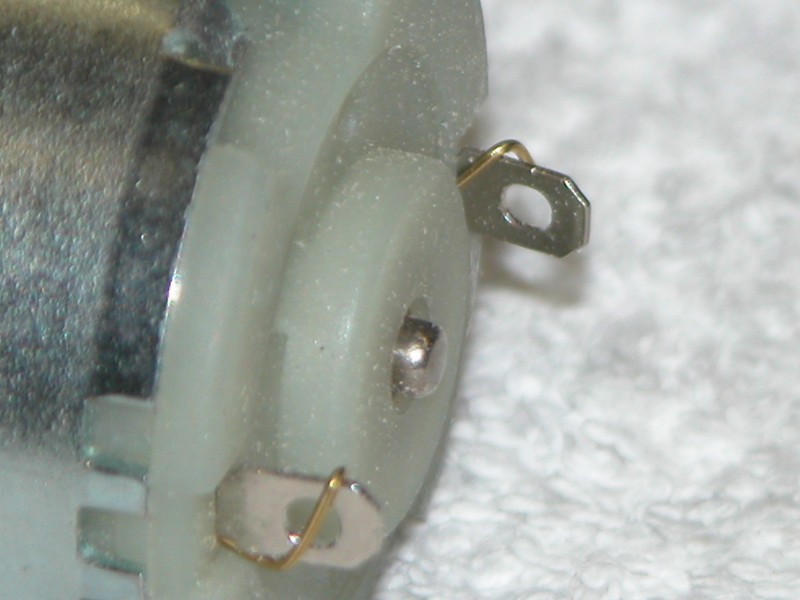
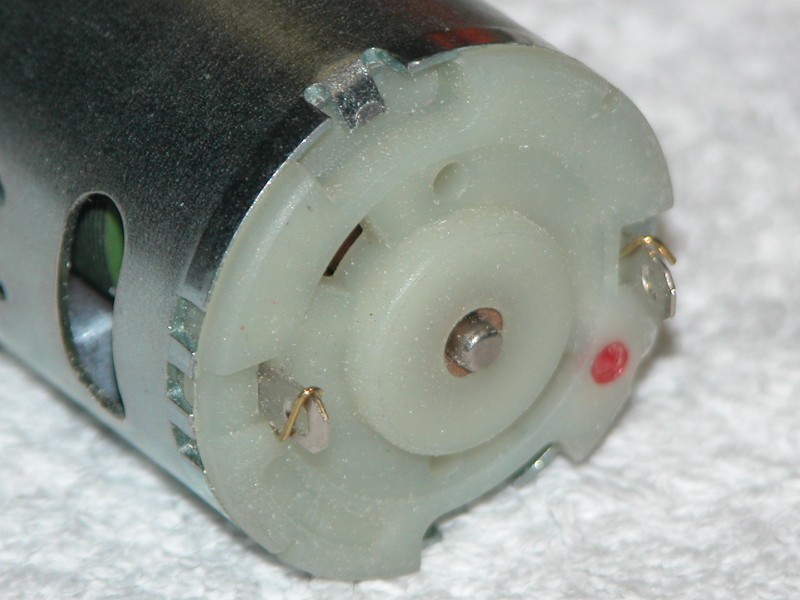
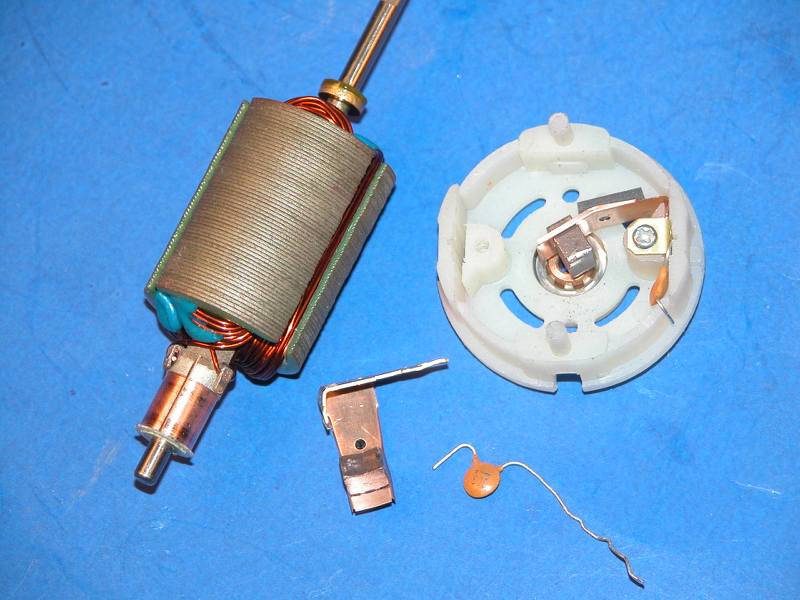
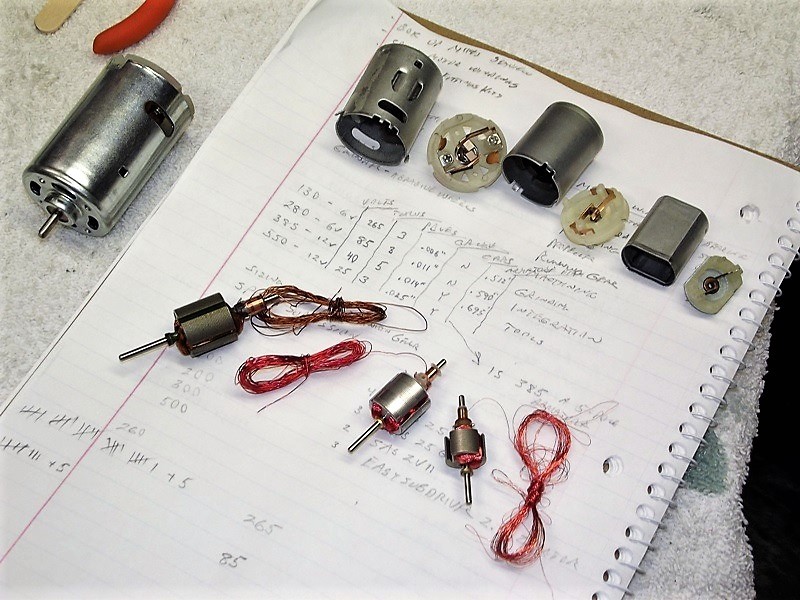
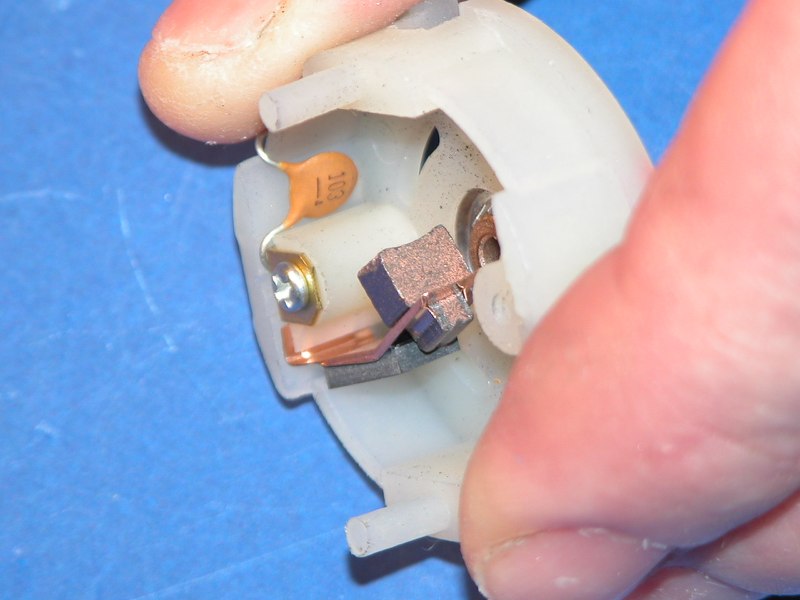
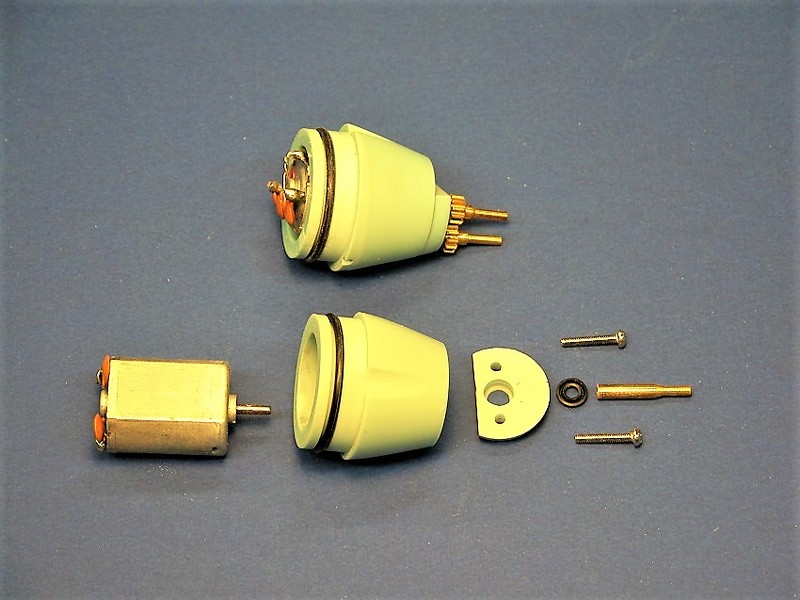
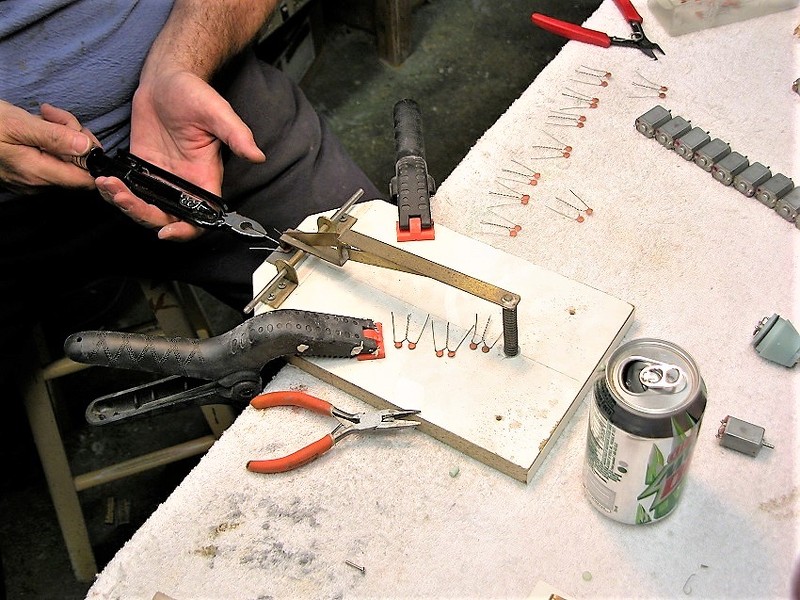
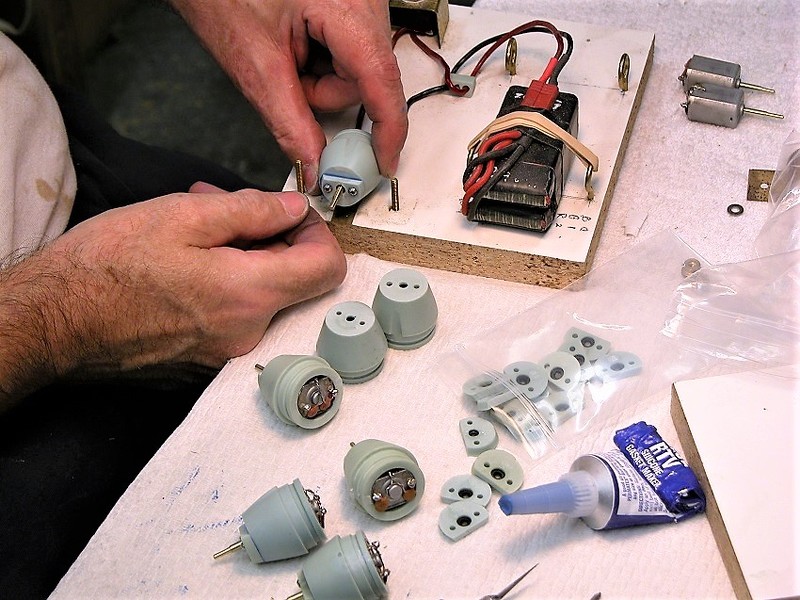
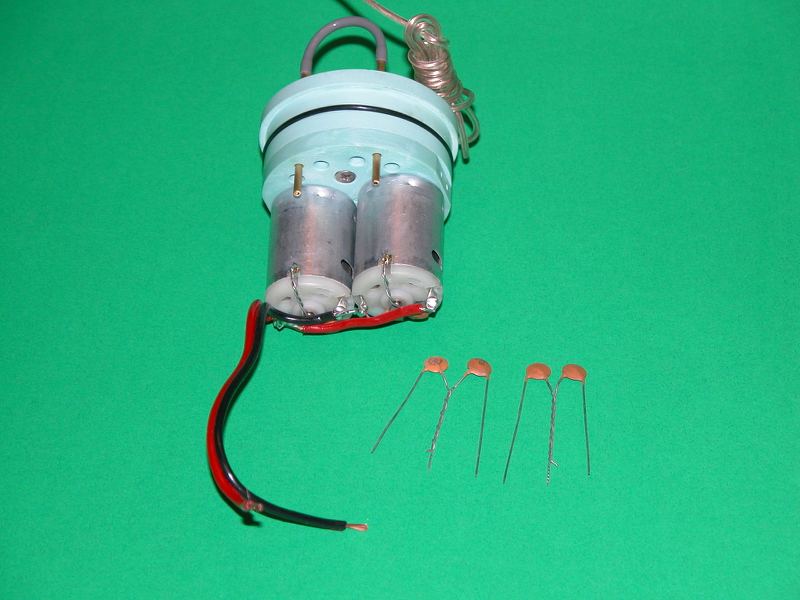

Comment